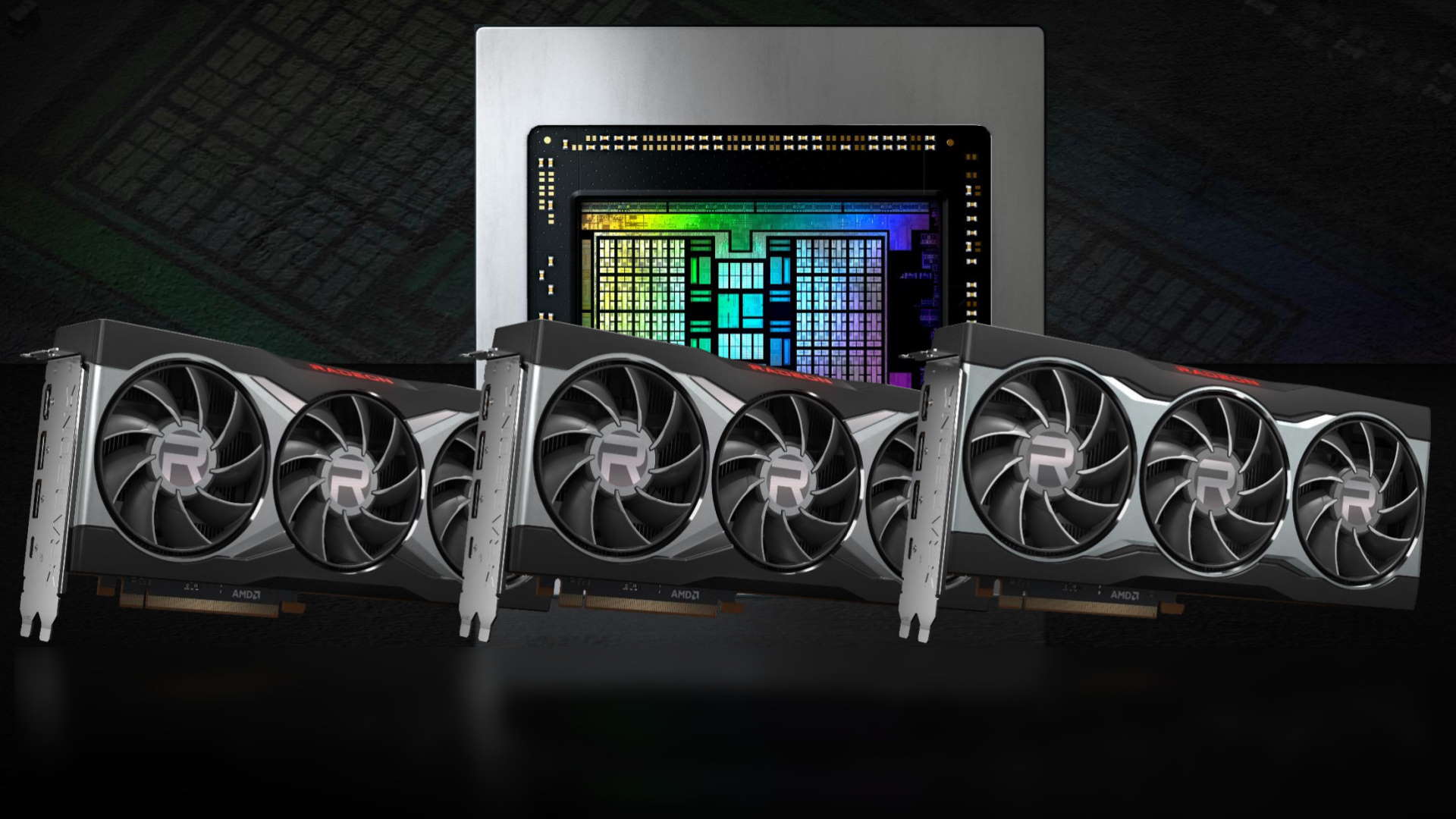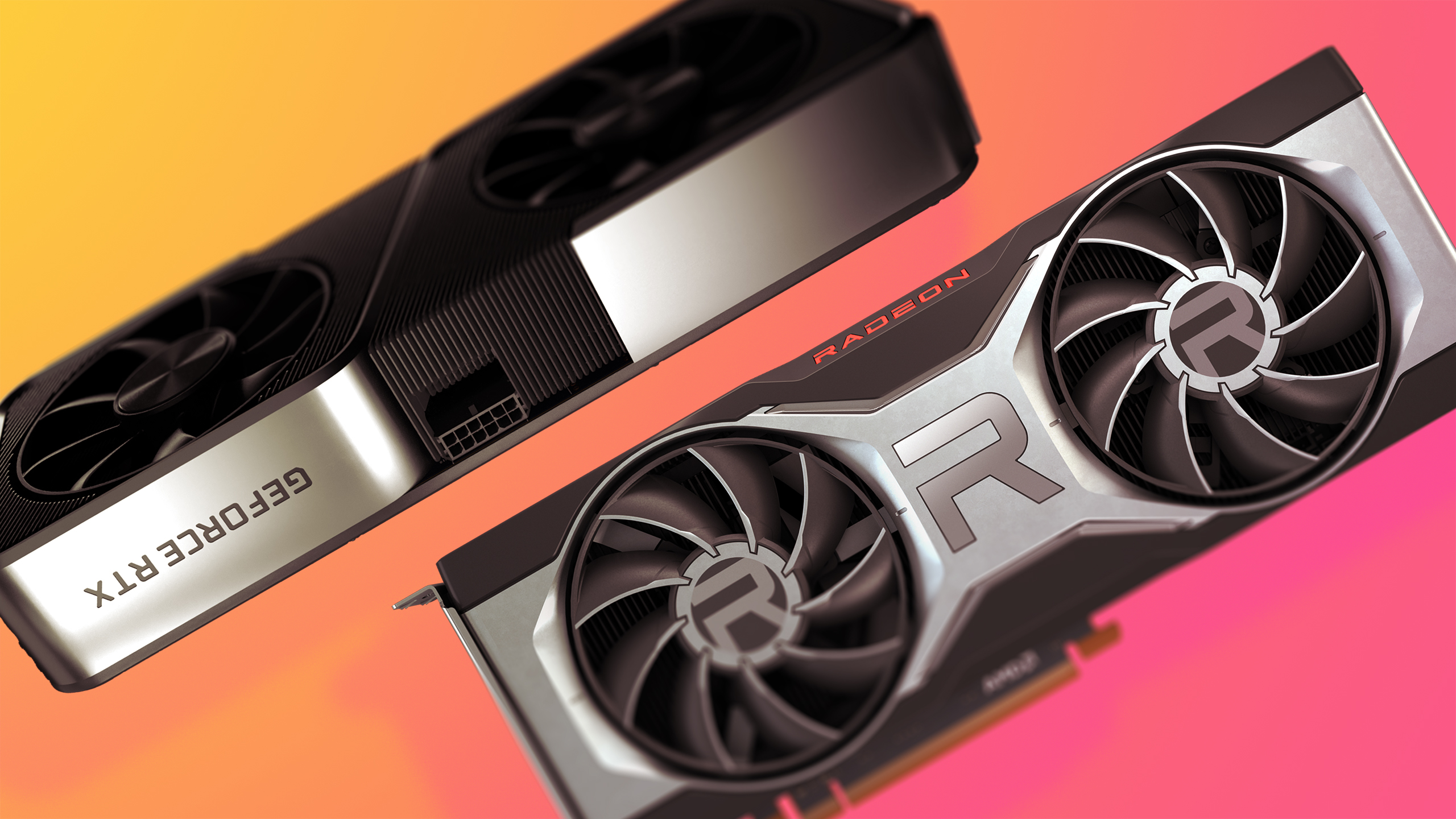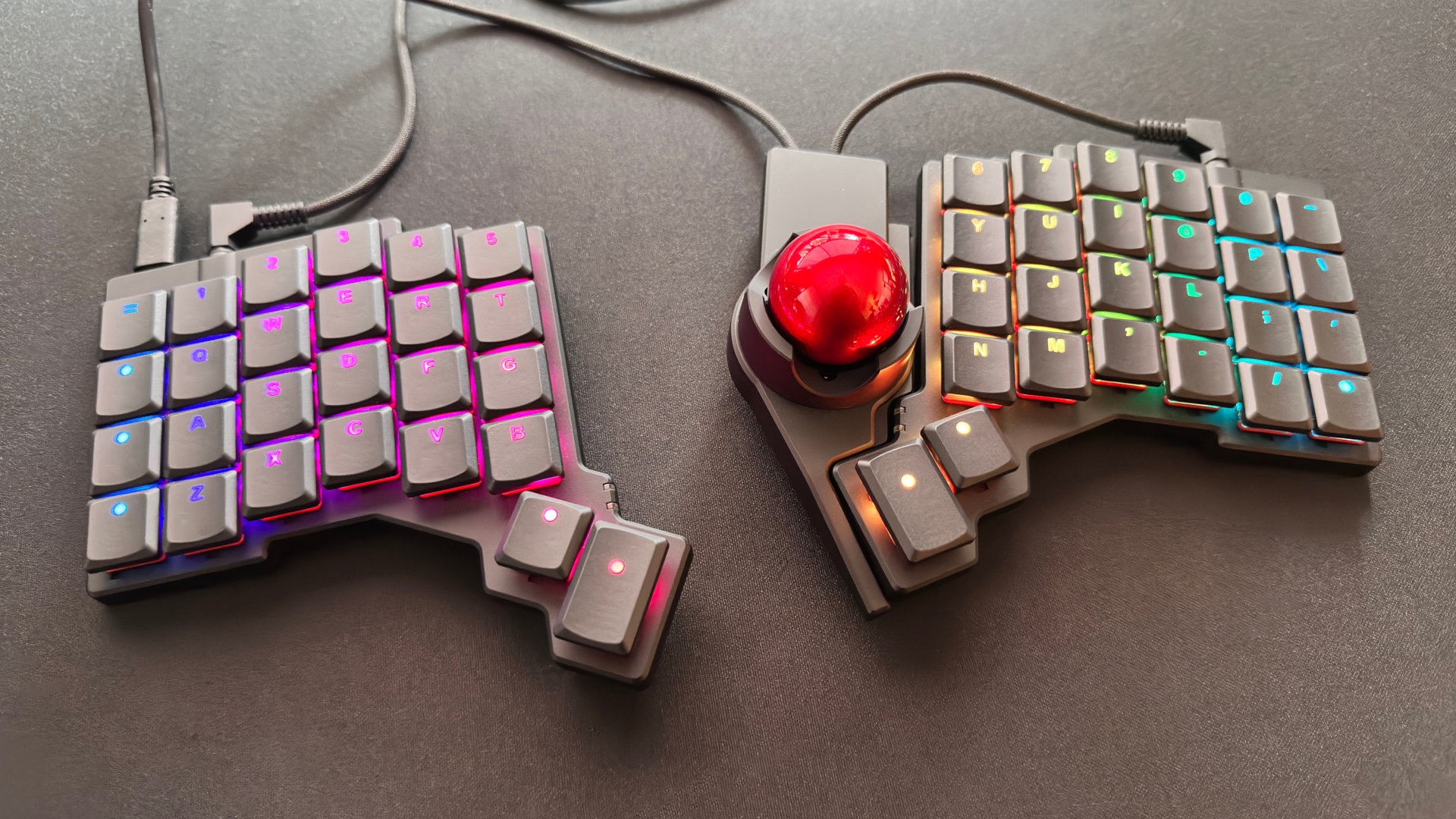AMD's Radeon vulnerability haul shows why you should always update your GPU drivers
Your friendly reminder to update your graphics drivers. It's usually good for your in-game performance, too.

AMD disclosed 27 vulnerabilities in its Radeon graphics driver on Tuesday, 18 of which are of high severity. But not to worry, AMD has mitigated every single one of them in various recent driver versions, which should serve as good a reminder as any to update your graphics card's drivers regularly.
The disclosure on the AMD security website is quite the haul of potential exploits or weaknesses affecting the AMD Graphics Driver for Windows 10. If left unpatched, these could lead to escalation of privileges, denial of service, information theft, or kernel access exploits.
AMD rolled out mitigations back with driver version 20.7.1, and drivers past 21.4.1 will contain all the relevant bug fixes. We're on driver version 21.11.2 today, which puts any regularly updated PC far clear of these exploits.
A large number of these released vulnerabilities were brought to AMD's attention by security researcher Ori Nimron. Eran Shimony of CyberArk Labs, a cybersecurity research company, uncovered one, and driverThru_BoB 9th found another.

How to buy a graphics card: tips on buying a graphics card in the barren silicon landscape that is 2021
Lucas Bouillot of the Apple Media Products RedTeam also found one, whose role appears to be directly tied into the continued partnership between Apple and AMD on some products with high-end discrete graphics.
As The Register reports, Intel also discovered some new vulnerabilities within its software stack, including one for its own Graphics Driver. Intel recommends upgrading to its most recent version in this case, once again evangelising the benefits of regular updates.
Not to mention new updates often offer improved performance in the latest games.
Keep up to date with the most important stories and the best deals, as picked by the PC Gamer team.

Jacob earned his first byline writing for his own tech blog, before graduating into breaking things professionally at PCGamesN. Now he's managing editor of the hardware team at PC Gamer, and you'll usually find him testing the latest components or building a gaming PC.

